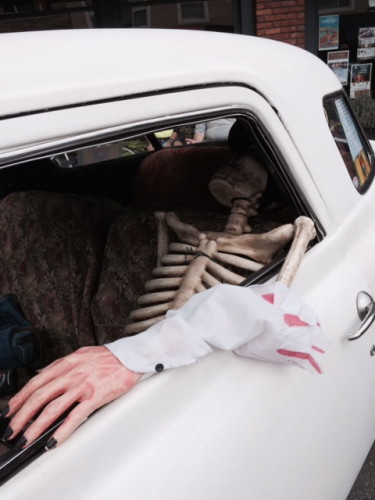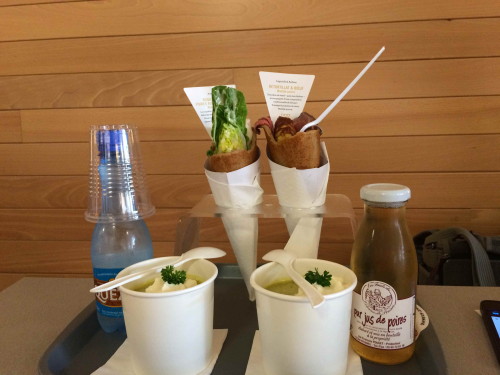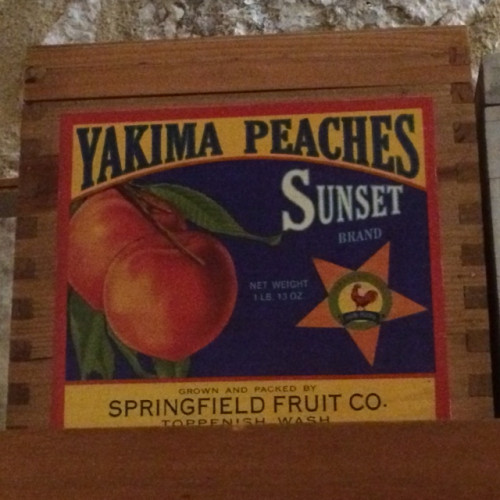Every so often I’m asked by people who know my nutrition background, “What diet should I be on?” Some are fishing for validation of how they’re currently eating; others want to pick a fight about the virtues of gluten-free, Paleo or Atkins diets. Then there are folks who’ve been told they have to clean up their acts after a lifetime of indulgence and need help. Here are four questions you should ask yourself before you start a new regime:
Is it a deprivation diet? If you’re giving up a large number of your usual foods to be on a diet, you will fail.
Does the diet practice portion control? This is the concept of assez (enough) that I outlined in my previous post on the French Paradox. Portion control does not mean fasting or very-low-calorie diets. You may be eating meat more as a garnish than as the main event, for example.
Does the diet require you to buy special products or supplements that are often conveniently sold by the person pushing said diet? A sustainable diet needs to be based on real food that you can get at any grocery store and should not break your budget.
Can you go to a restaurant occasionally or to Thanksgiving dinner and not blow your diet? You need to have some flexibility, even if it’s to mollify your mother-in-law by eating her green bean casserole once a year.
I’ve trimmed my list to three diets that fit these criteria. They’ve been shown to work through rigorous research published in reputable peer-reviewed journals. While they’re not all weight loss diets per se, adhering to them long-term can help with controlling pounds. Here they are:
The Mediterranean Diet. This does not mean gorging yourself on pasta and breadsticks at Olive Garden. Rather, you’re eating modest amounts of meat, nuts, and fish, and lots of vegetables. The preferred fat is liquid oil, usually olive. Adherence to the Mediterranean Diet is associated with reduced risk of heart disease.
Dietary Approaches to Stop Hypertension (DASH). The DASH diet has been shown to reduce blood pressure and other risk factors for heart disease. The diet involves eating 9 or so servings of vegetables and fruits per day, reasonable amounts of protein, and includes low-fat dairy products and nuts.
Volumetrics. This diet is based on the research of Dr. Barbara Rolls at Penn State. According to Volumetrics, you’re in control of what you eat in terms of the energy density of food. Candy and high-fat foods are very energy dense, so 100 calories of them look pretty puny next to 100 calories of a salad. Eating that amount of salad will promote satiety more than that puny bit of candy.
I should warn you that following any of these diets will require you to (gasp!) cook. This may be the most important component of any good program. Cooking puts you in control of what you eat, not restaurants or food manufacturers. Being mindful of what goes into the food you eat can motivate you to moderate your intake, and thus promote your success.




Recent Comments